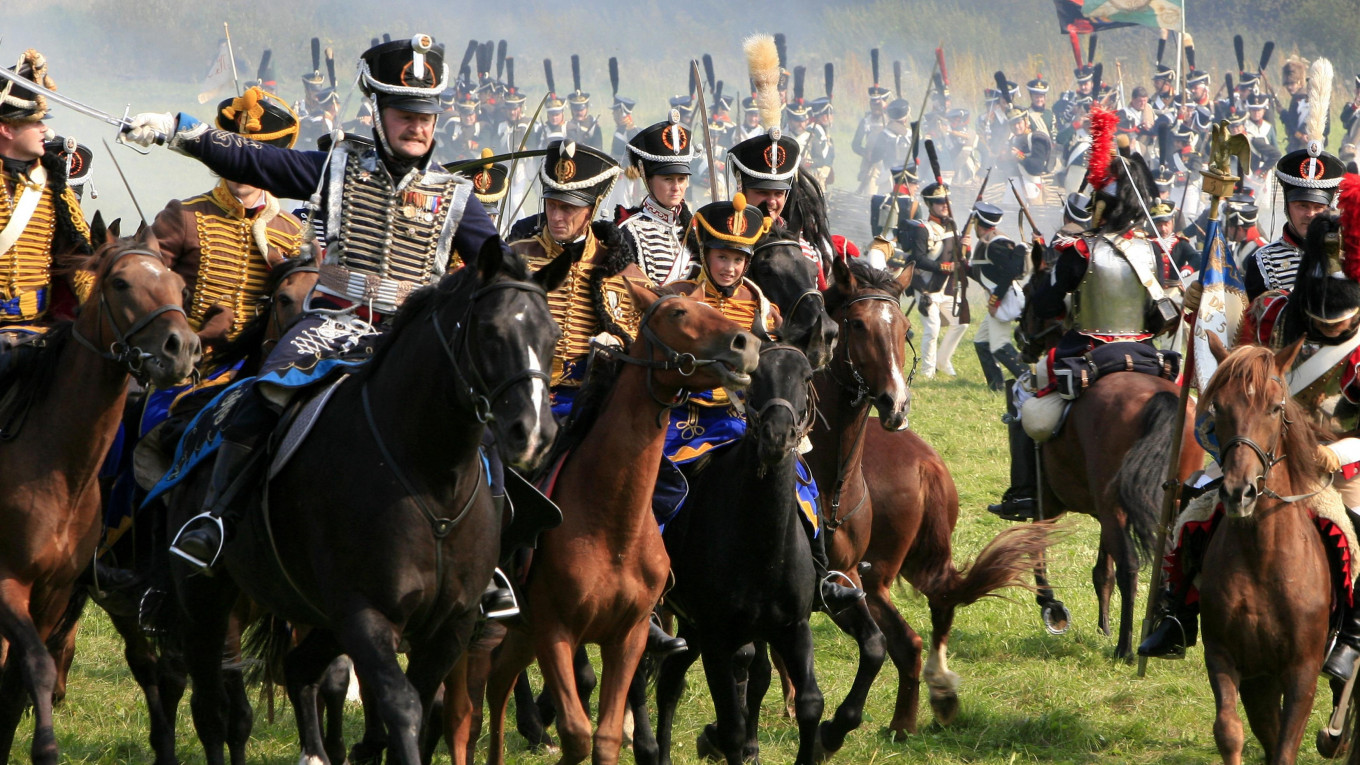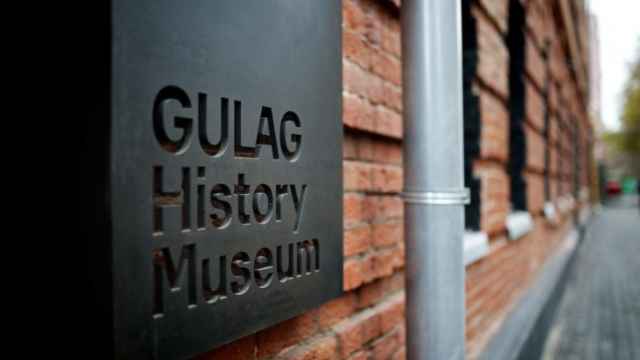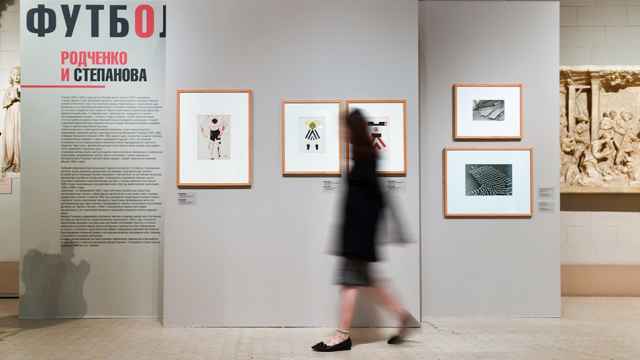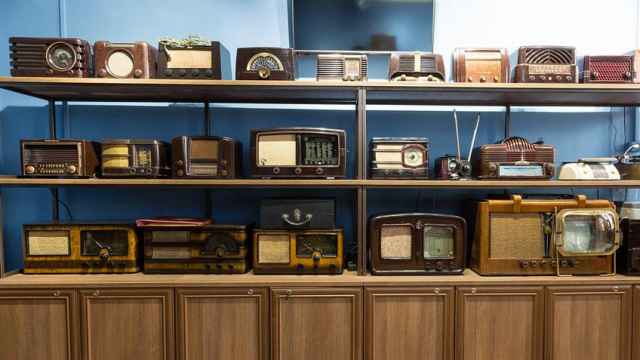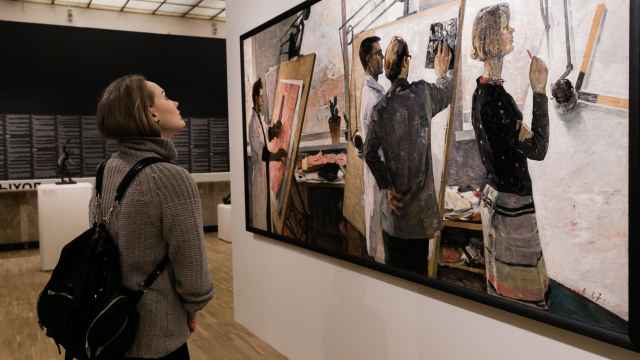Not far from Moscow are vast fields that don’t look much different than the other land around them. But here the course of history was decided — twice.
These fields are in Borodino, a small village to the west of the Russian capital. Borodino is best known as the site of Napoleon’s pyrrhic victory during the French invasion of Russia — known in Russia as the Patriotic War of 1812 — which was immortalized in Leo Tolstoy’s “War and Peace.” But during World War II — called the Great Patriotic War — the fields of Borodino again played a major role in history as a strong point on the Mozhaisk Defense Line – the last Soviet fortified line before Moscow proper.
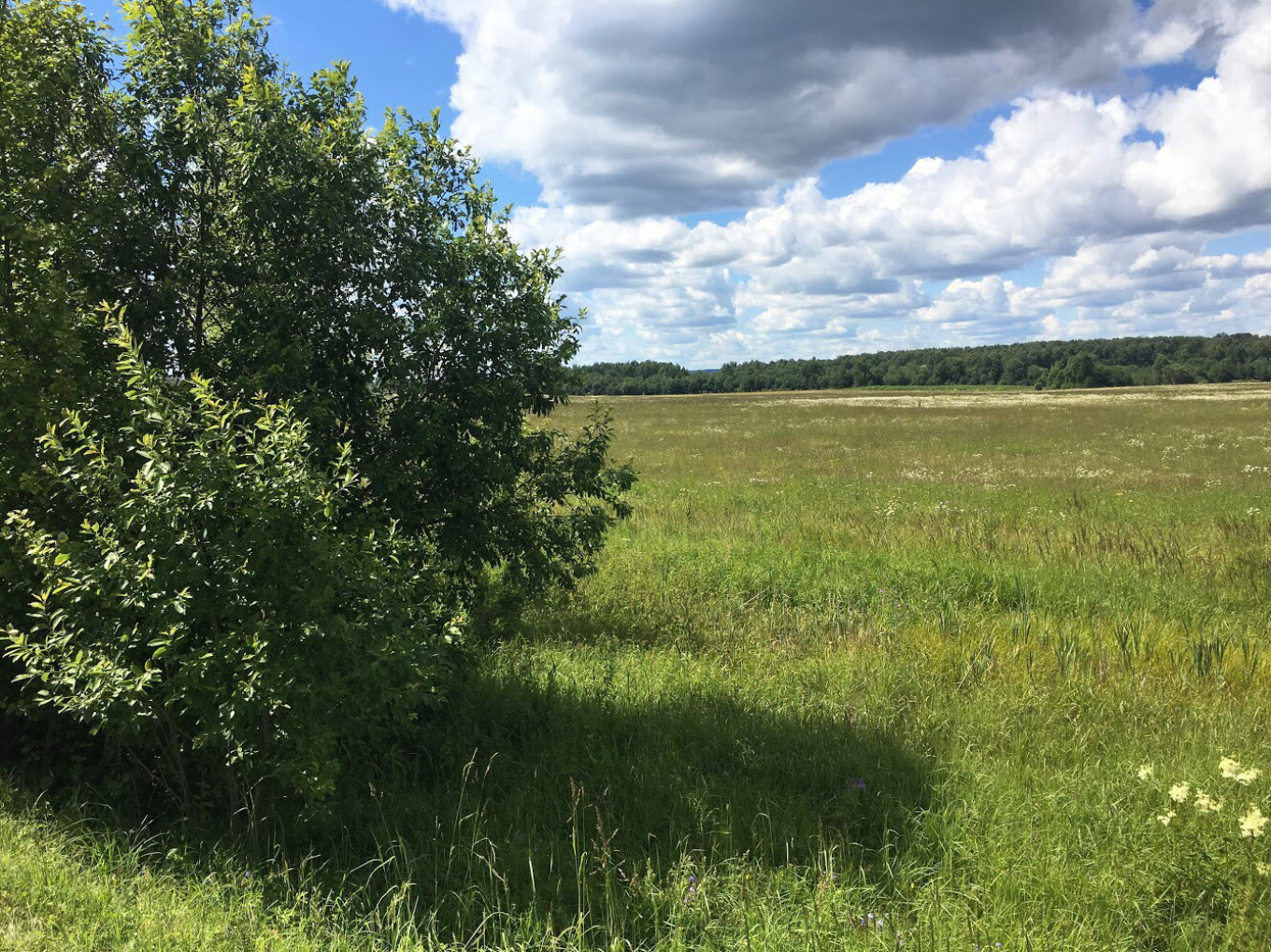
A day trip to the battlefields and museum is a must for military buffs, but it is also a great way to get out of the city and see a bit of the Russian countryside. For more serious military historians and for anyone who loves a good show, the battle of 1812 is re-enacted every year on the first Sunday of September. This year’s battle takes place on Sept. 3.
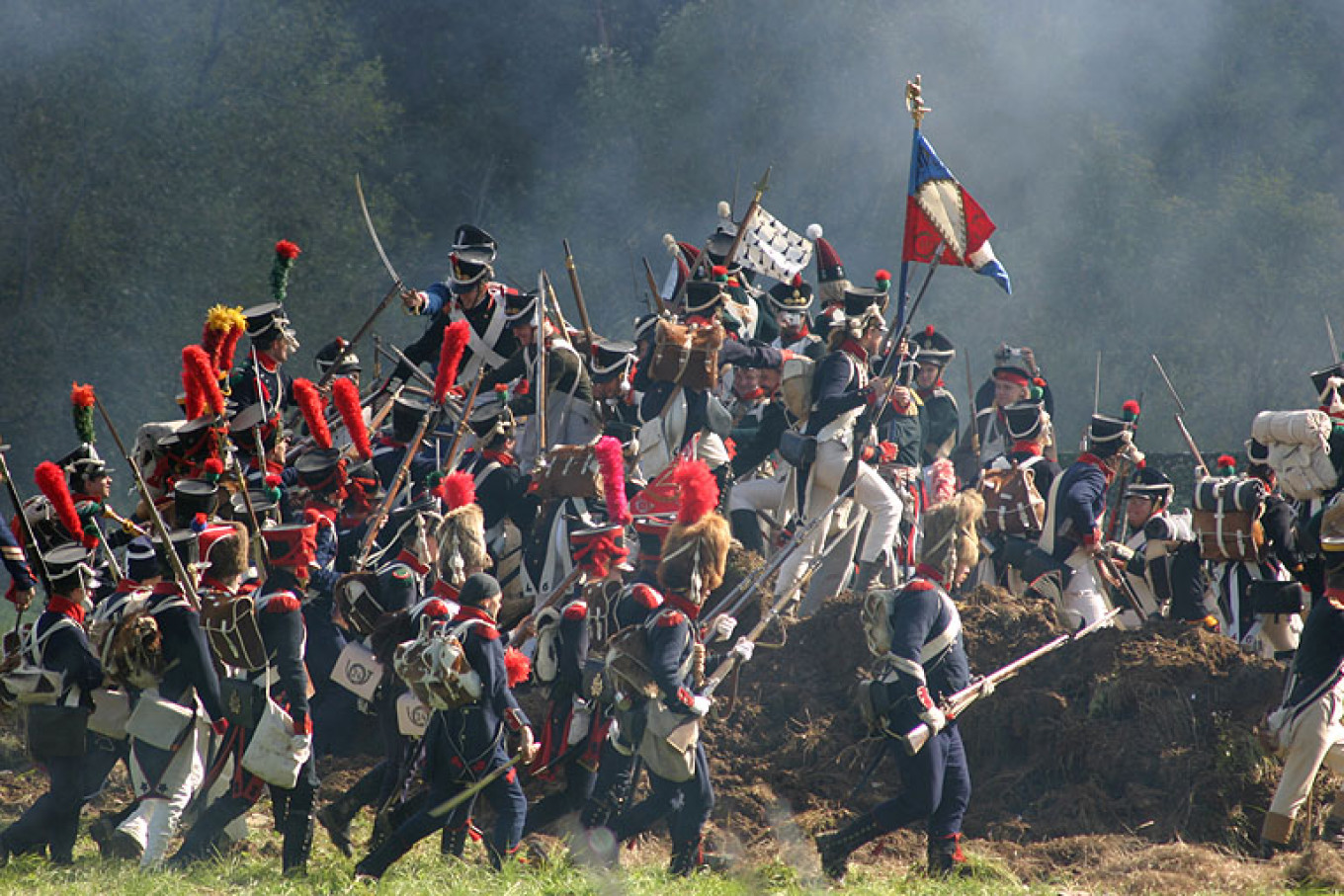
The 1812 Battle of Borodino
To get the most out of the trip, it helps to understand a bit of history. In 1812 the French army was marching toward Moscow. The Russian General Staff chose Borodino, with its unique terrain, as its last stand. Under the command of the famous Russian General Kutuzov, Russian forces prepared what they thought would be a trap for Napoleon. The first line of the Russian defense took advantage of a small river and swampy land to impede the French advance, while artillery located in redoubts on the hills to the east of Borodino would be able to pick off Napoleon’s troops.
That was the plan, but real life proved far more difficult.
A series of mistakes by the commanders of both sides combined with incredible bravery, high morale and a strong will to fight among the soldiers of both armies turned the fields of Borodino into the deadliest day of the Napoleonic wars. It is estimated that there were 75,000 casualties on both sides (45,000 Russian and 30,000 French). Although Napoleon took the field, the battle is regarded as having been a strategic defeat for the French because the Russian Army escaped intact, giving Alexander I the freedom to continue the war.
Napoleon’s options after the battle were either a humiliating retreat to Smolensk or a daring advance on Moscow where there was a risk that his forces would face annihilation in the face of determined Russian attacks on his supply line and the Russian winter. Napoleon chose the latter and ended up paying with almost his entire Grande Armée. Of the 612,000 troops who marched into Russia under the Grande Armée’s banner, only 112,000 marched home.
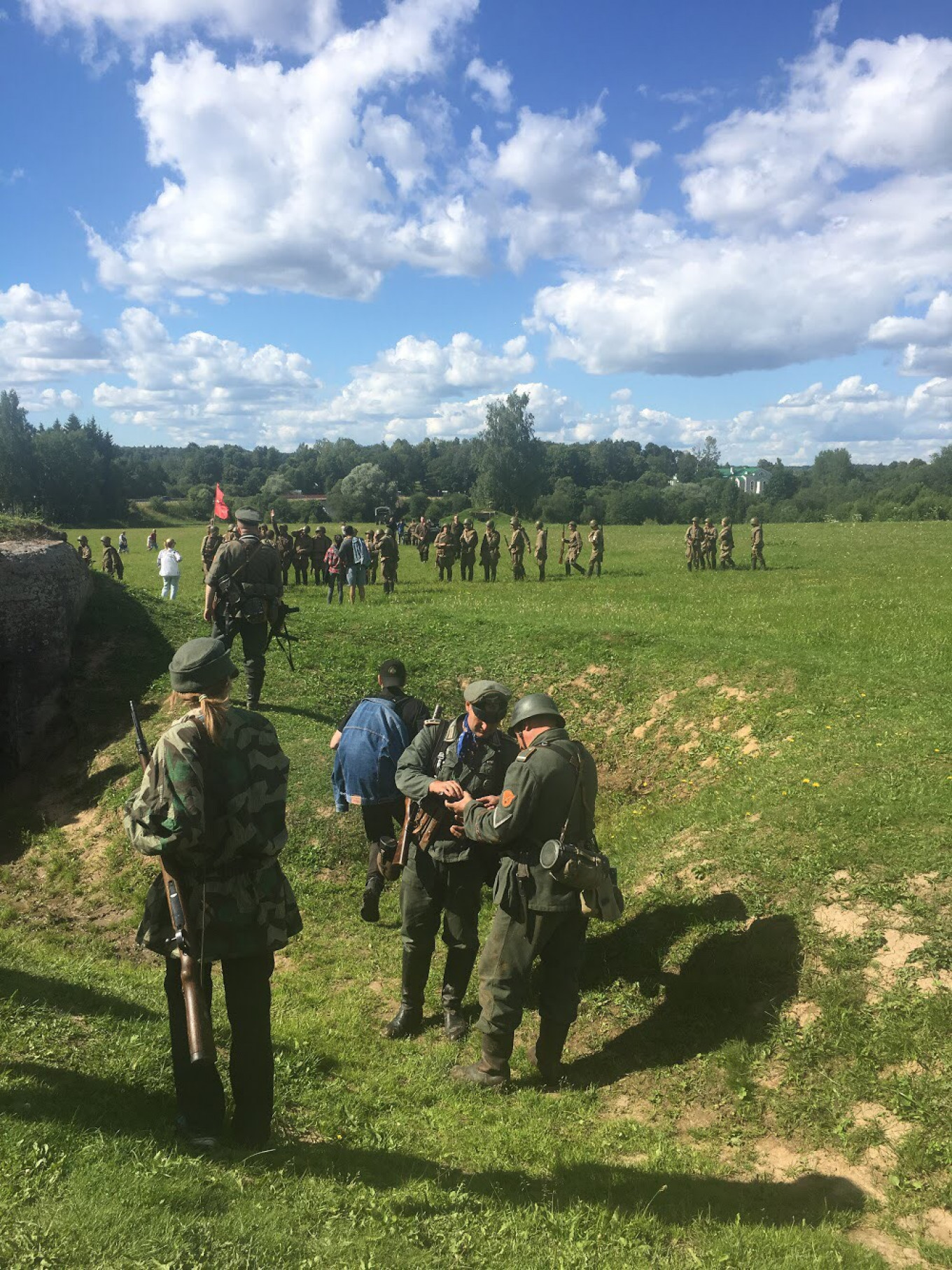
The Second Battle of Borodino
In October 1941, 129 years after the Napoleonic battle, Borodino was again the site of major fighting. This time the German Army was marching on Moscow. The fields of Borodino had been selected months earlier for the same terrain advantages and location to be the last fortified defensive line before Moscow proper. After six days of fierce fighting, German forces finally succeeded in penetrating the line at Borodino at a very high human and material cost.
But once again, the battle was pyrrhic. The German army lost much of its most valuable resource — time. The fast approaching Russian winter combined with major logistics troubles prevented the German forces from continuing their offensive. On Dec. 5, the Soviets began their first successful major offensive of the war. Borodino was liberated in January of 1942 and the immediate threat to Moscow was eliminated for the rest of the war. However, in their retreat the Germans destroyed the Savior-Borodino Monastery and the Borodino Museum. The structures you see today were rebuilt later.
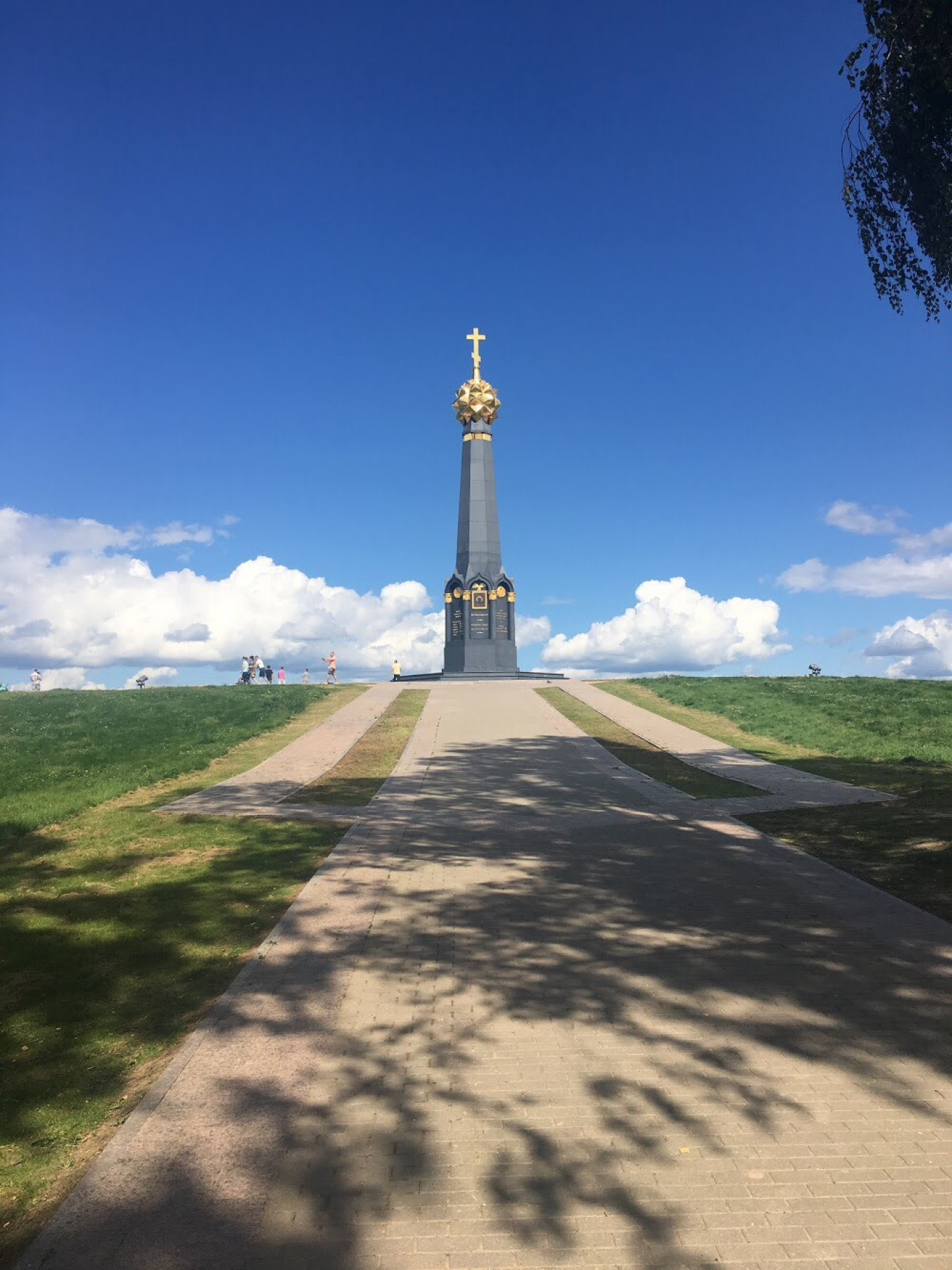
The Borodino Museum
You might begin your tour of the battlefields at the museum. The exhibit called “The Field of Borodino: Marks of History” shows the landscape of the Battle of Borodino and is very helpful if you want to trace the events of the battles. It also has a fine collection of artifacts that were found on the fields, as well as uniforms, weapons, standards, and awards. The museum also displays Russian drawings and paintings of the War of 1812 and an exhibit about “War and Peace” — so you can figure where all your favorite characters were on the field.
Monuments
The rolling hills of the Borodino fields are dotted with about 300 monuments. The most important are on the road from the Borodino train station to the Borodino Museum and on the road from the Savior-Borodino Monastery to the village of Shevardino. Don’t miss the main monument to the heroes of the battle of Borodino, located across from the Borodino Museum on the Rayevsky Battery; the monument “From a Grateful Russia to its Defenders,” located just to the east of the Savior-Borodino Monastery; and the monument to the French soldiers who died here, which is the only monument erected to the fallen of the Grande Armée. This is at Napoleon’s command post to the south of the Shevardino. As you wander the site, you’ll also see the monument at Kutuzov’s command post, located east of the museum and accessible from a path to the south of the A100 road.
The Savior-Borodino Convent might also be considered a monument of the battle. It was founded by the widow of one of the officers, Alexander Tuchkov, who died during the battle of 1812. Margarita Tuchkov first erected a memorial chapel on the spot where her husband died, and later the tsar endowed the construction of a convent here. Margarita became a nun, taking the name of Maria, and then abbess of the convent. She died in 1852 and was buried next to her husband in the chapel. The peaceful convent has a small museum and a tea shop.
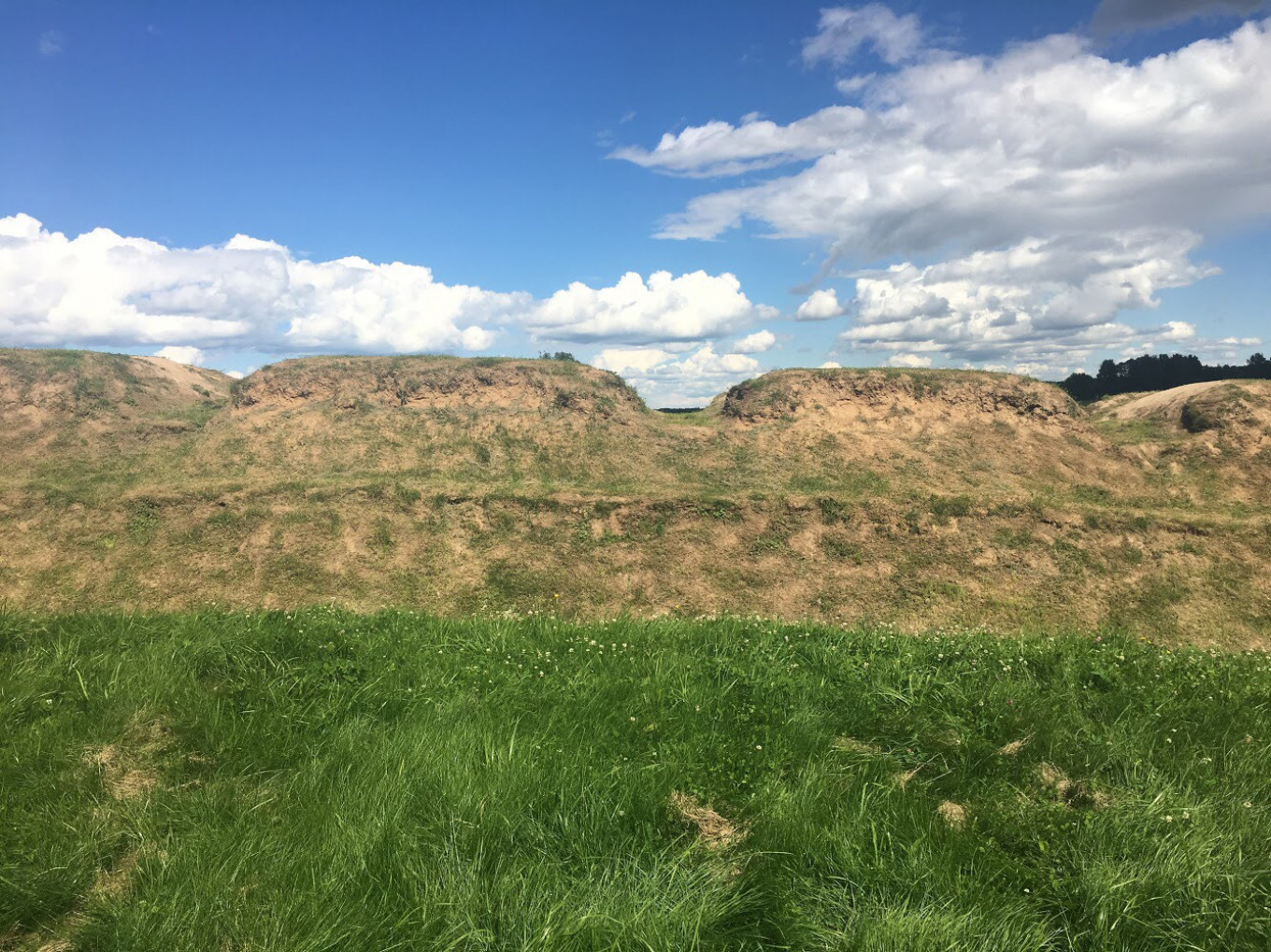
Fortifications
The concrete bunkers of the Mozhaisk Defense Line have been restored at Borodino, and Soviet trenches still trace a scar of war across the now tranquil and picturesque fields. Fortifications from both wars can be found in several locations on the battlefield. The Rayevsky Battery (also known as the Grand Battery) across from the Borodino Museum is one of the most notable examples of the fortifications of both wars and of how Napoleonic era redoubts were transformed into a part of the Mozhaisk Defense Line in 1941.
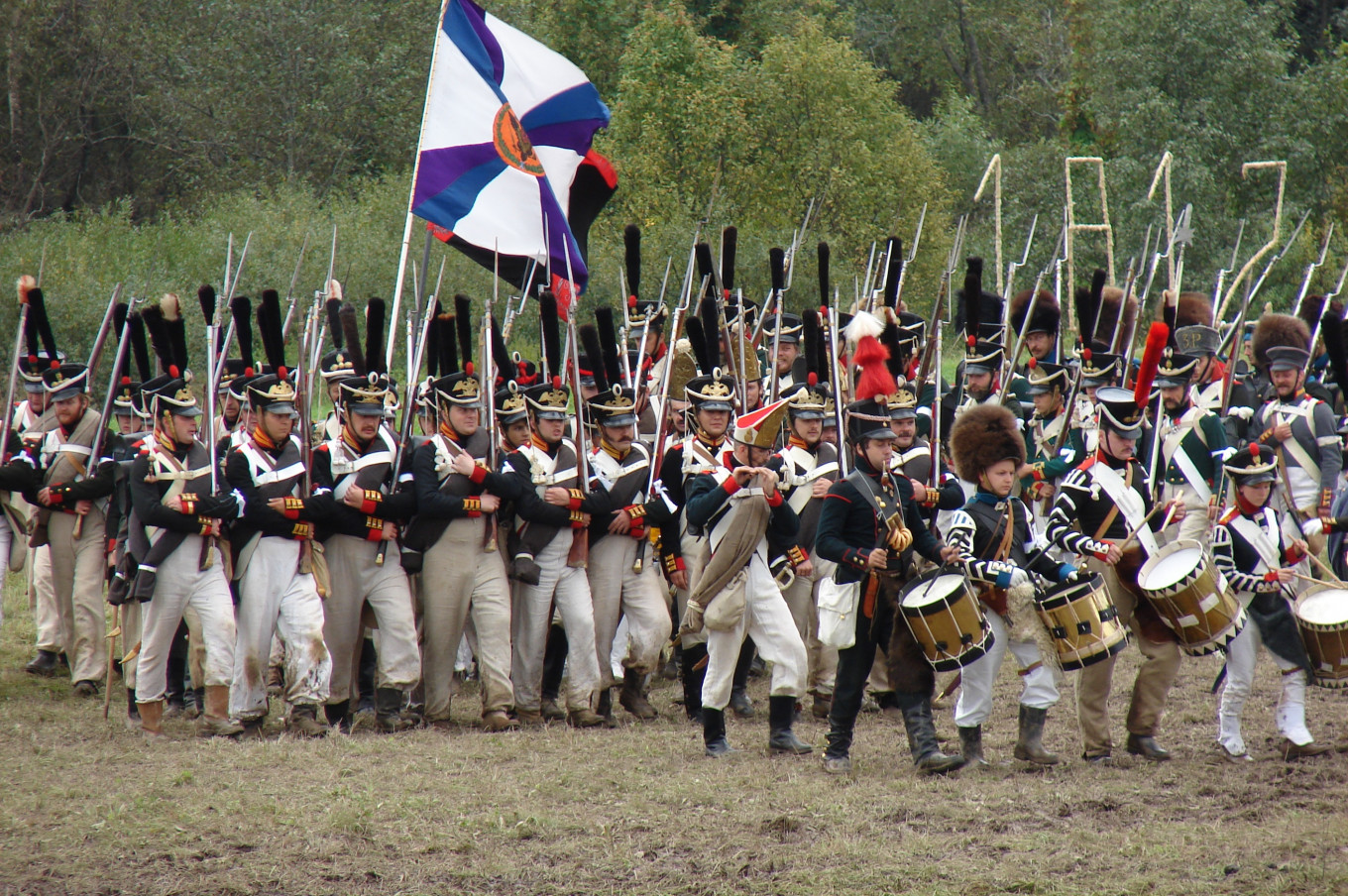
Lights! Weapons! Action!
This Sept. 3, thousands of members of various reenactment clubs will descend on the fields and village, all in period costumes and carrying period weapons (although they don’t shoot period bullets). The action begins at 10:30 a.m., but the battle really gets going about 2 p.m. Sometimes there are up to 100,000 participants, as well as tents, horses, carts and other war-time props. There is a natural amphitheater where you can watch the action free of charge. But you can also reserve space in the bleachers by calling +7 (496) 385 1546 and making a reservation. The museum staff members speak English, French and German.
You can also come a day early, on Sat. Sept. 2, to see how the French and Russian armies rest up for battle. There is a “dress rehearsal” for the battle on that day.
How to Get There
By car: Take Minskoye Shosse to one of the exits for Mozhaisk (at the 96, 102, or 108 kilometer markers). At Mozhaisk follow the signs to the village of Borodino (12 kilometers). You can rent a car or mini-van through most hotels.
By train: Take the Mozhaisk line from Belorussky Railway Station. Borodino is the stop directly after Mozhaisk. It’s a 3-kilometer walk to the museum from the station, but you can also flag down a car.
Be sure to wear very comfortable shoes — a day at Borodino covers about 10 kilometers of trekking over hills and fields. And be sure to bring water and some snacks.
For more information in Russian and English, see www.borodino.ru. Museum tel: +7 (496) 386 3223
Battle of Borodino Panorama Museum
If you can’t do the trek out of town, or if you want to prepare yourself fully for your trip, stop first in at the Battle of Borodino Panorama Museum. It is located in the spot where Field Marshall Kutuzov held his Council of War, once in the village of Fili, now at the end of Kutuzovsky Prospekt. The round building holds a 115-meter long, 15-meter high painting-in-the round of the battle on Sept. 7, 1812. Painted by Franz Roubaud, it is an amazing feat of artistic and historical reconstruction.
A Message from The Moscow Times:
Dear readers,
We are facing unprecedented challenges. Russia's Prosecutor General's Office has designated The Moscow Times as an "undesirable" organization, criminalizing our work and putting our staff at risk of prosecution. This follows our earlier unjust labeling as a "foreign agent."
These actions are direct attempts to silence independent journalism in Russia. The authorities claim our work "discredits the decisions of the Russian leadership." We see things differently: we strive to provide accurate, unbiased reporting on Russia.
We, the journalists of The Moscow Times, refuse to be silenced. But to continue our work, we need your help.
Your support, no matter how small, makes a world of difference. If you can, please support us monthly starting from just $2. It's quick to set up, and every contribution makes a significant impact.
By supporting The Moscow Times, you're defending open, independent journalism in the face of repression. Thank you for standing with us.
Remind me later.


